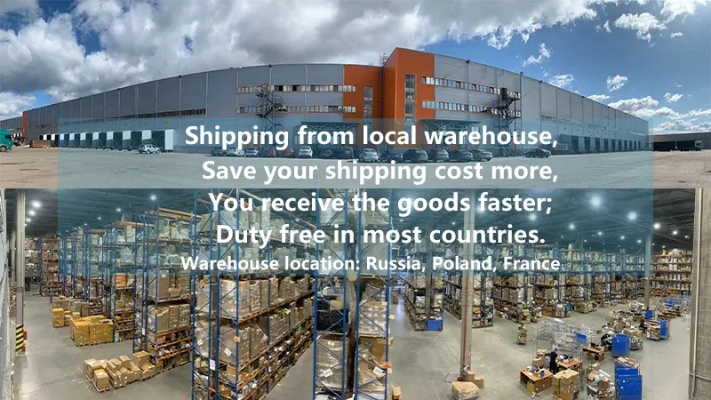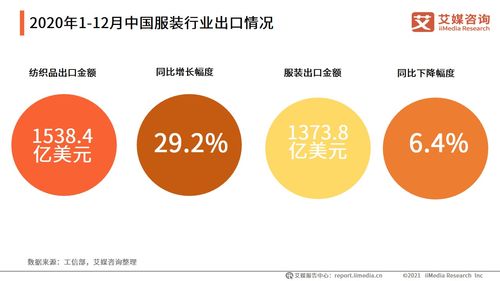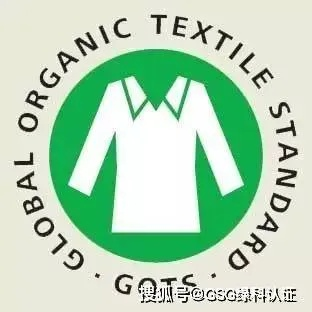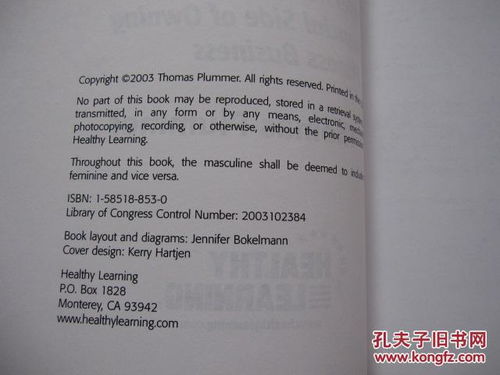Navigating the Safe and Standards-Driven World of Textiles
: Navigating the Safe and Standards-Driven World of Textiles,Abstract:,In today's world, where textile products are indispensable for daily life, ensuring their safety and conformity with standards is crucial. This paper discusses the challenges faced by textile manufacturers in meeting these requirements while adhering to regulations and industry norms. It highlights the importance of implementing stringent quality control measures, conducting regular inspections, and engaging in continuous improvement processes. The paper also emphasizes the role of technology in achieving these goals, highlighting the use of advanced manufacturing techniques and digital tools that enhance product quality and safety. Finally, it explores the potential benefits of adopting a standardized approach to textile production, which not only meets regulatory requirements but also contributes to the overall sustainability of the industry.
Introduction: In today's globalized world, textiles have become an integral part of our lives. From everyday wear to high-end fashion, textiles are used in a wide range of applications. However, with their ubiquity, textiles also pose significant safety concerns. This is where standards come into play. By understanding and adhering to these standards, we can ensure that textiles are safe for both consumers and the environment. In this article, we will explore the importance of textile safety and standards, along with some practical tips on how to navigate them.
Textile Safety Concerns: One of the most pressing concerns related to textiles is the potential for harmful chemicals to leach out during manufacturing processes. Chemical exposure can cause skin irritation, respiratory problems, and even cancer. Additionally, textiles can harbor microorganisms such as bacteria, mold, and fungi, which can lead to infections if they come into contact with the skin or eyes.

To address these concerns, manufacturers must adhere to strict safety regulations. For example, the European Union (EU) has implemented the REACH regulation, which requires all manufacturers of substances used in textiles to register their products and provide information on their risks to human health and the environment. Other countries, such as China and India, have also introduced their own sets of textile safety standards.
Standards-Driven Approach: The standards-driven approach to textile safety involves establishing clear guidelines and regulations that manufacturers must follow to produce safe textiles. These standards help to minimize the risk of exposure to harmful chemicals and microorganisms while ensuring that textiles meet certain quality standards.
Some common textile safety standards include:
- Oeko-Tex Standard 100: This standard is used to test the presence of harmful substances in textiles. It ensures that textiles do not contain any dangerous substances such as heavy metals, pesticides, and flame retardants.
- Global Organic Textile Standard (GOTS): This standard is designed for organic textiles produced using natural fibers. It ensures that textiles do not contain synthetic dyes, fragrances, or preservatives.
- Fair Trade Certified: This certification ensures that textiles are produced under fair labor conditions and environmentally friendly practices.
- Eco-Label: This label indicates that textiles are made from sustainable materials and have minimal impact on the environment.
Practical Tips for Navigating Textile Safety: To ensure that textiles are safe for consumers, manufacturers must take several steps. First, they must conduct regular quality control tests to identify any potential hazards. Second, they must communicate clearly about the use of chemicals and other materials used in the production process. Third, they must comply with all relevant safety regulations and standards. Finally, they must invest in research and development to improve the safety and sustainability of their products.
Case Study: One example of a textile company that has successfully navigated the safety and standards-driven world is Patagonia. The company produces outdoor clothing and gear that is designed to be durable, functional, and environmentally friendly. To achieve this, Patagonia adheres to strict sustainability standards, including using recycled materials and reducing waste. Additionally, the company regularly tests its products for harmful substances and meets the Oeko-Tex Standard 100 certification requirements.
Conclusion: Navigating the safety and standards-driven world of textiles can be challenging, but it is essential for both consumers and manufacturers alike. By understanding and adhering to relevant safety regulations and standards, we can ensure that textiles are safe for everyone. As shown in the case study of Patagonia, companies that prioritize sustainability and safety can build trust with customers and gain a competitive advantage in the market. So let's work together to create a safer and more sustainable future for textiles.
大家好,今天我们将围绕纺织品的安全与标准展开讨论,纺织品在我们的日常生活中扮演着至关重要的角色,无论是服装、家居装饰还是日常用品,都与纺织品息息相关,为了确保纺织品的安全与质量,我们必须严格遵守相关的安全标准和规定。
纺织品安全的重要性

- 保护人体健康:纺织品必须符合国家安全标准,以确保使用过程中不会对人体健康造成危害。
- 保障消费者权益:消费者购买纺织品时,应确保所购买的产品符合安全标准,保障其权益。
纺织品安全的标准与规定
国家安全标准
各国根据自身的实际情况,制定了相应的纺织品安全标准,欧盟对纺织品的安全标准非常严格,包括有害物质限量、环保要求等,国家也制定了相应的纺织品安全标准,包括纤维含量、有害物质限量等。
案例分析
以某知名品牌的一款床上用品为例,该产品采用了高品质的纤维材料,经过严格的生产流程和检测,确保产品的安全性和质量,该品牌还通过了多项认证,如ISO9001质量管理体系认证等,证明其产品的安全性和质量得到了有效的保障。
纺织品安全的具体要求
纤维含量要求
纤维含量是衡量纺织品质量的重要指标之一,纤维含量越高,纺织品的质地和舒适度也越好,纤维含量必须符合国家安全标准,不得含有有害物质。
环保要求

随着环保意识的不断提高,纺织品的安全与环保要求也越来越高,纺织品必须符合环保要求,不得含有对人体和环境有害的化学物质,纺织品的生产过程也必须符合环保标准,减少对环境的污染。
纺织品安全的具体实践案例
某品牌纺织品的安全实践案例
某知名品牌在生产纺织品时,严格遵守国家安全标准和环保要求,采用高品质的纤维材料和环保的生产工艺,该品牌的产品经过严格的质量检测和认证,得到了消费者的广泛认可,该品牌还注重产品的可持续性,采用可再生材料和生产工艺,减少对环境的污染。
安全实践案例分析
通过上述案例可以看出,纺织品的安全与标准非常重要,在生产过程中,必须遵守相关的安全标准和规定,确保产品的质量和安全性,在产品设计和生产过程中,还需要注重环保和可持续性,减少对环境的污染,消费者在购买纺织品时,也应该选择符合安全标准的产品,保障其权益。
纺织品的安全与标准是至关重要的,为了确保纺织品的安全与质量,我们必须遵守相关的安全标准和规定,在生产过程中,还需要注重环保和可持续性,采用环保的生产工艺和材料,在消费者购买纺织品时,也应该选择符合安全标准的产品,保障其权益和健康。
Articles related to the knowledge points of this article:
A Detailed Guide to Shopping at Yuers Textile Live Room
Exploring the Artisanal Spirit of Yixing,Chinas Quiet Textile Capital
The Progress and Challenges of Textile Dyes in the Global Fashion Industry



